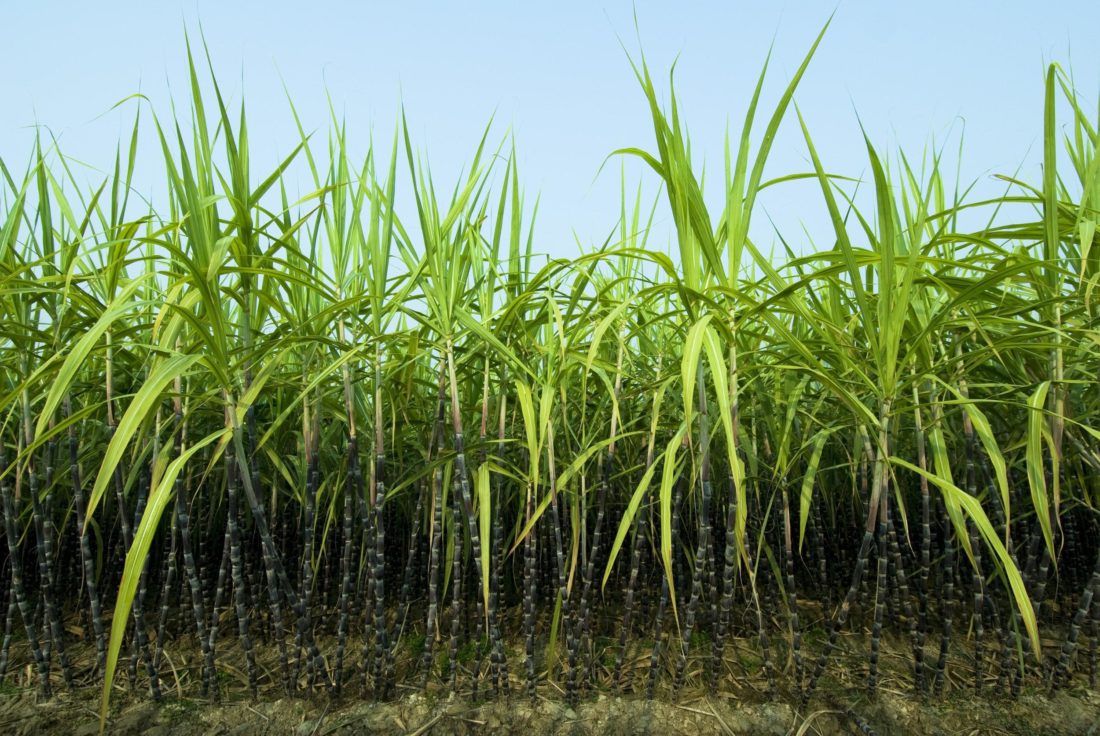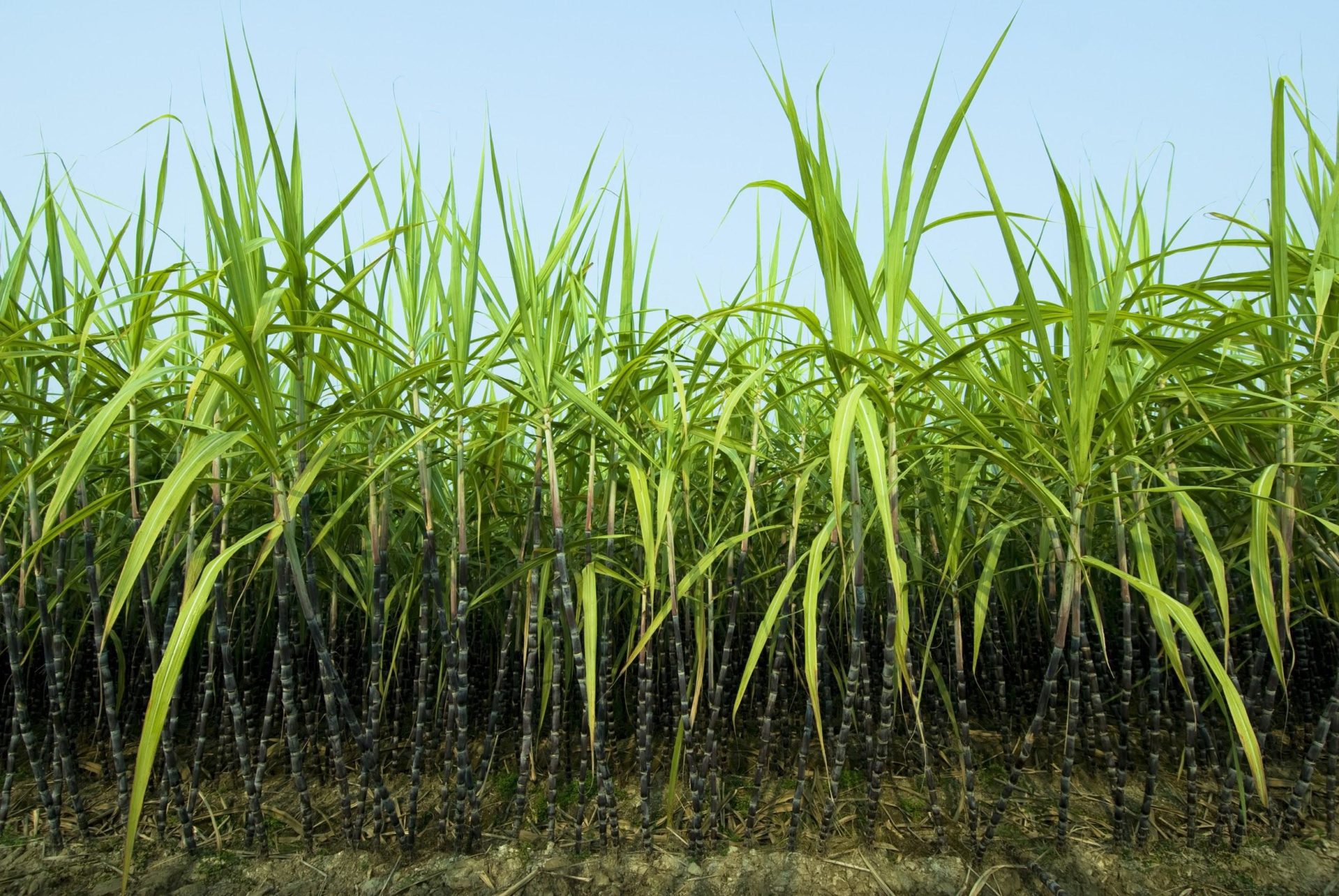Sugarcane is a perennial tropical grass with tall stout jointed stems from which sugar — the key ingredient to most of the delicious foods that you consume daily — is extracted. In fact, sugarcane is the ninth-most valuable crop or livestock product by value in the world. Before consumption, sugarcane goes through a lengthy process which starts in the southern hemisphere, where the climate is warm and rainy throughout its growing season.
 Planting, Growing, and Seed Formation
Planting, Growing, and Seed Formation
Sugarcane is planted from long pieces of existing plants. In fields of dug furrows, the long stems are implemented into the ground and are then covered in soil. It then takes about nine to 24 months for the sugarcane to reach full maturity and it also takes a great amount of water. Once it reaches a certain level of growth, the plant no longer needs rain but needs full sun.
This is why sugarcane needs to be grown in tropical regions such as South and Southeast Asia, Polynesia, and Melanesia because of the year-round heat and specific rainy seasons. Eight to 12 months after planting the sugarcane, the plant reaches about 15 feet in height. It then sends up tall flower stalks, which contain many seeds. At this time in its life cycle, the sugarcane plant has a high content of sucrose.
Harvesting
The sugarcane stalks are harvested during the dry months of the year, which can be anywhere from June to December, depending on the tropical location. When harvested, the cane stands two to four metres high and is harvested by self-propelled harvesting machines. Depending on the size of the crop, some growers contract machine owners to harvest their crop, while others own their machines or share ownership with other growers.
There are two methods used to harvest cane. In some areas, it is possible to harvest the cane green. The leftover cuttings then create a mulch which keeps in the moisture, stops the growth of weeds, and helps prevent soil erosion. In other areas, the sugarcane is burnt to remove leaves, weeds, and other matter which can make harvesting and milling operations difficult.
Extraction, Boiling, Cooling and Storage
After the sugarcane is harvested, it is hauled to a manufacturing company for extraction, cooling, and storing. The first stage of processing is the extraction of the cane juice. In many factories, the cane is crushed in a series of large roller mills: similar to a mangle, which was used to squeeze the water out of clean washing a century ago. Sweet juice comes out and the cane fibre is carried away for use in the boilers. In other factories, a diffuser is used as for beet sugar manufacturing.
Some manufacturers, such as Solex Thermal, provide an optimal cooling solution using cutting-edge, energy efficient technology. Simply check out their site for more info on how to get the best cooling solutions for your project in agriculture.
The indirect water-cooling design of the Solex heat-exchanging unit allows the sugar to be boiled and then cooled to specific temperatures as required by ambient conditions. In processes such as this, there is zero product contamination and degradation of the sugar crystals.
Due to the indirect heat exchange technology, the risk of bacterial, odour, and moisture contamination is eliminated. This enables constant temperature storage and direct packaging year-round regardless of temperatures and weather conditions.
